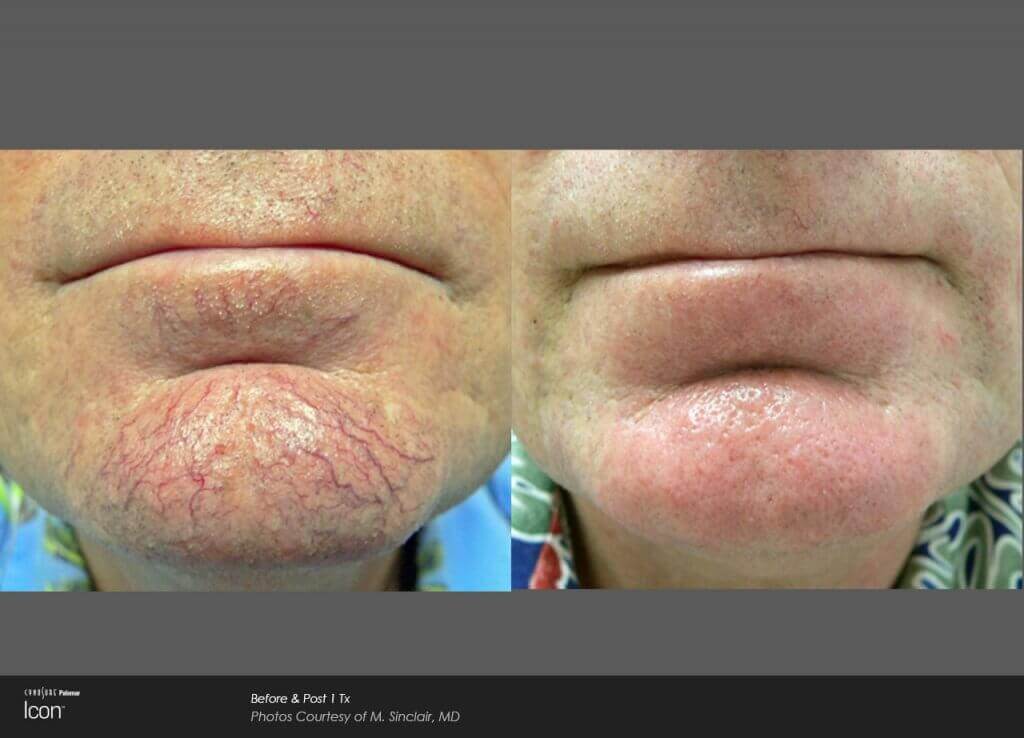Erbium Laser Resurfacing from U.S. Dermatology Partners
What is Erbium Laser Resurfacing?
Erbium laser resurfacing is a procedure that uses advanced laser technology to remove the outer layers of skin, revealing new, refreshed skin cells below. This can be used to help smooth the texture of the skin and create an even skin tone. In addition to removing the outer layers of skin, erbium laser resurfacing also stimulates the production of collagen and elastin, which give skin youthful fullness. This procedure is similar to procedures like chemical peels or dermabrasion used to reduce the appearance of fine lines, wrinkles, hypo or hyperpigmentation, and scarring. Erbium lasers allow for a range of treatment depths to address a wide variety of cosmetic concerns. A combination or sequence of laser treatments may be used to deliver the desired results over the course of several visits.
While there are many lasers available to improve the appearance of the skin, erbium lasers are often relied upon for their precision. Because of the greater amount of depth control built into most erbium laser treatment systems, smaller areas can be targeted, and these lasers can be used safely on sensitive areas like the face, neck, hands, or chest. Because of the treatment precision, the dermatologist is able to minimize posttreatment discomfort and recovery time compared with CO2 laser treatments and other laser resurfacing options.
Find This Service Near You
Who is a Good Candidate for Erbium Laser Resurfacing?
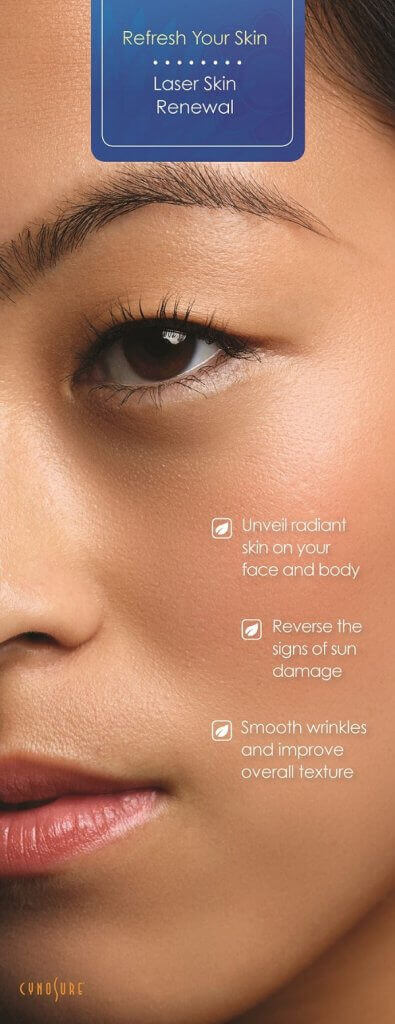
Like other laser treatments, erbium laser technology works best on lighter skin tones, but the advanced precision of the erbium laser means that a darker skin tone does not necessarily mean patients won’t be candidates for erbium laser resurfacing. However, they should take time to discuss potential side effects with their dermatologist before selecting this procedure to ensure it’s their best option.
Some factors that may mean erbium laser treatment isn’t ideal for the patient include:
- Having a history of cold sores or fever blisters
- Taking isotretinoin medication for acne
- Healing or scarring irregularly in the past
- Taking aspirin or blood thinners before treatment
- Chronic health concerns like diabetes, lupus, and other conditions that impact the immune system and the body’s healing ability
- Smoking or tobacco use
How Does Erbium Laser Resurfacing Treatment Work?
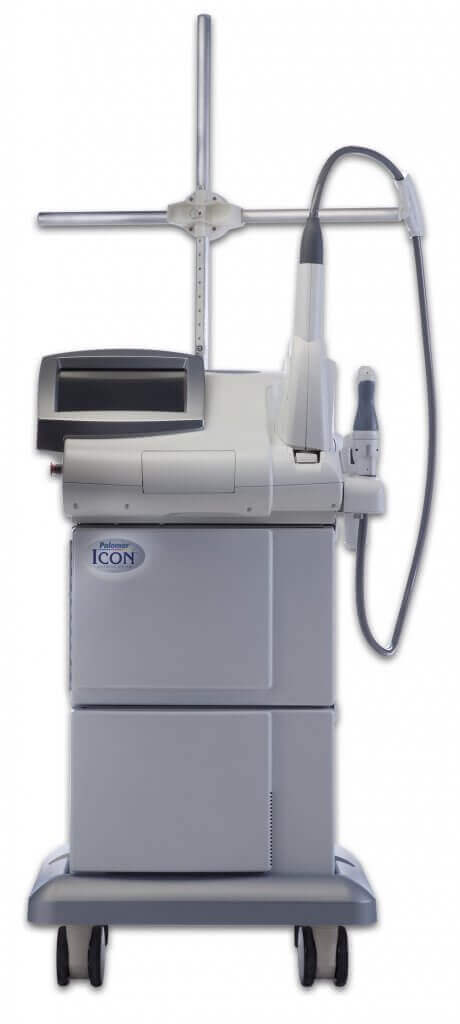
At U.S. Dermatology Partners, we strive to incorporate a range of treatment technologies to ensure patients receive conservative dermatologic treatments that fit their specific needs. The Erbium laser is one technology that allows us to provide precise cosmetic resurfacing even in sensitive areas. If you’re interested in learning more about this treatment, don’t hesitate to contact the U.S. Dermatology Partners to get started.
Are There Side Effects to Erbium Laser Resurfacing Treatment?
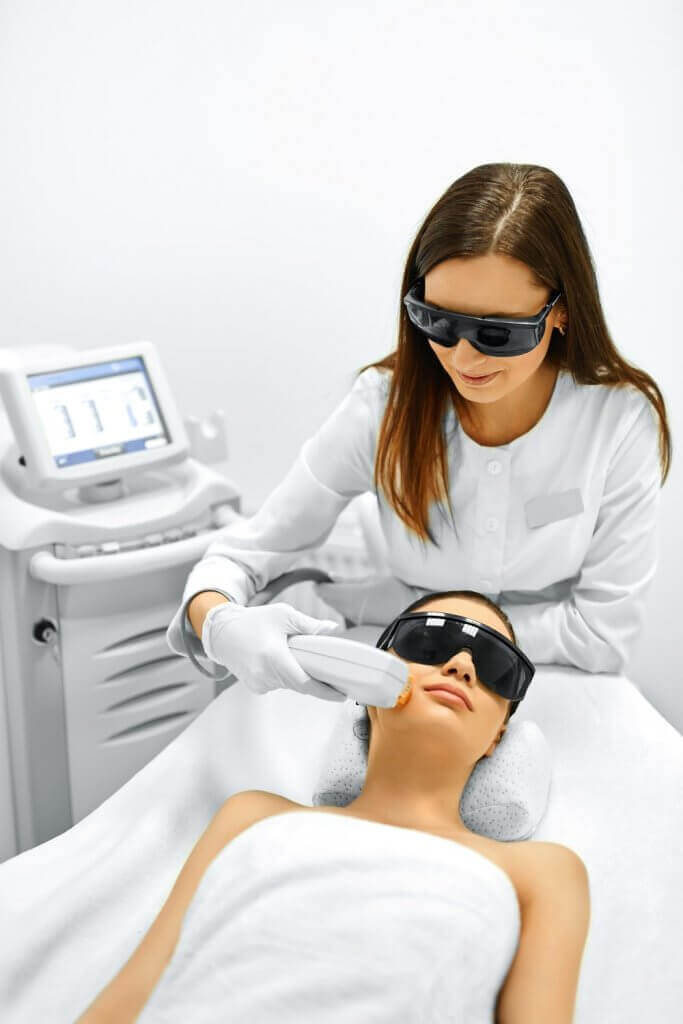
Make sure to follow all instructions from your dermatologist which could include using special facial cleansers, skipping your trip to the pool or gym, and foregoing makeup application to ensure fast, comfortable healing after treatment. Most importantly, the skin is likely to be sensitive to sunlight, so you’ll need to minimize your time outdoors and apply sunscreen regularly if you do need to be outside.
Some patients develop an infection after erbium laser resurfacing, so for those who are prone to skin infections, a dermatologist may prescribe antibiotic pills or creams to reduce this risk. In rare cases, often as the result of improper application, patients may experience burns, scarring, and hyper or hypopigmentation. These situations can be serious, and you should work with your dermatologist and other medical professionals as necessary to ensure you receive the right care.
How Long Does Erbium Laser Resurfacing Treatment Last?
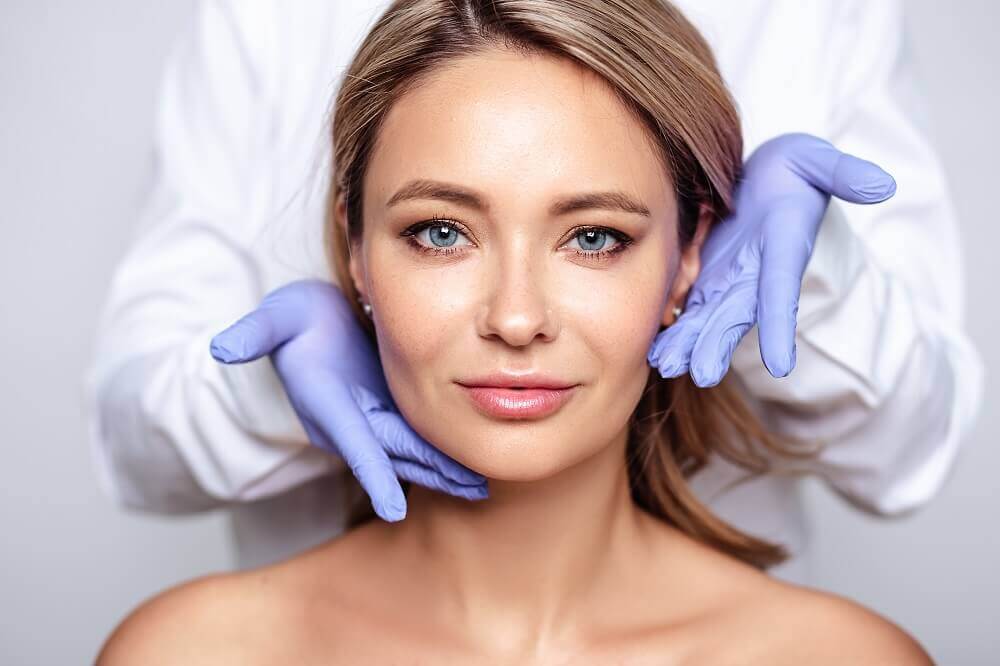
Erbium Laser Resurfacing
Before & After Images
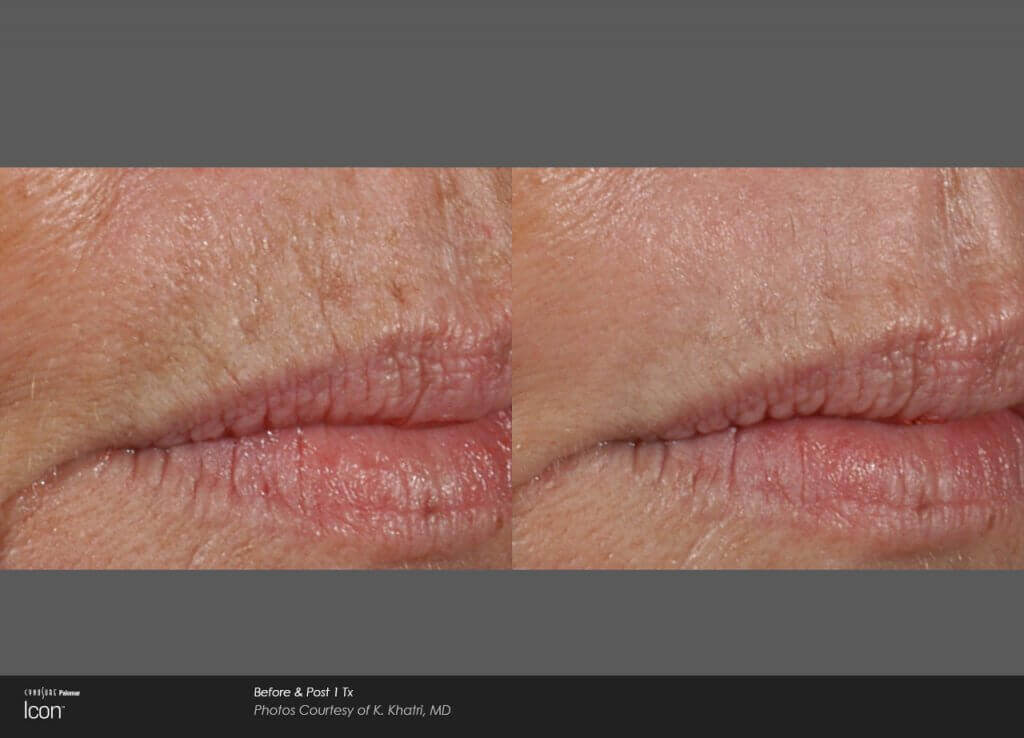
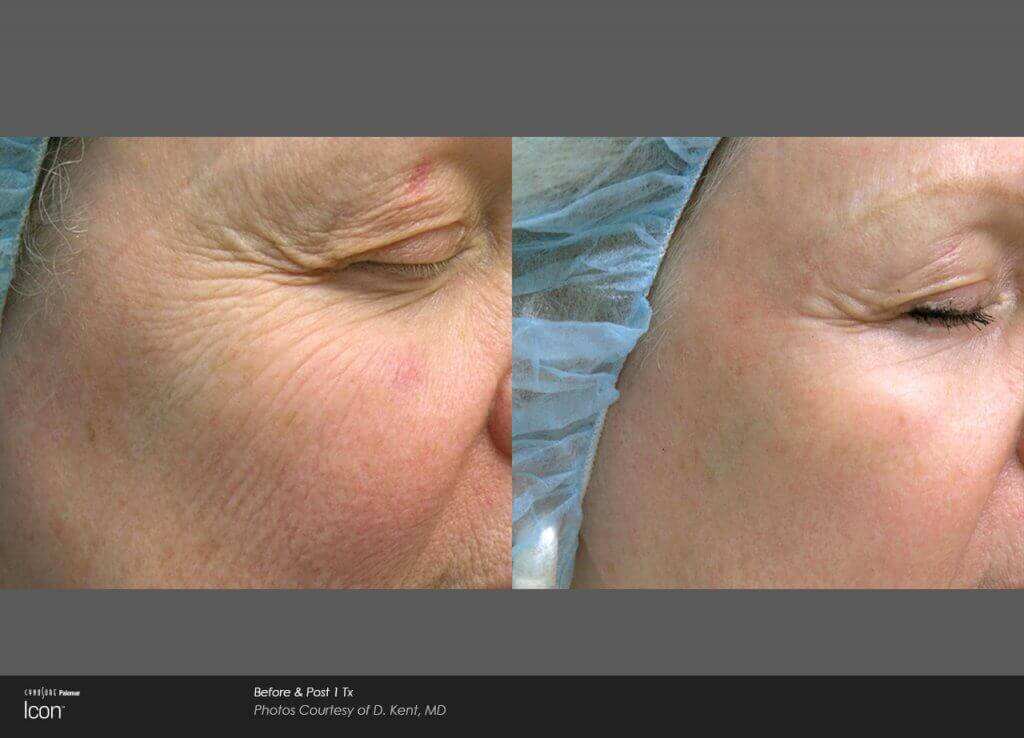
*Results may vary by individual


